舊區更新 重建不應理所當然|To renew old districts, redevelopment should not be the only answer.
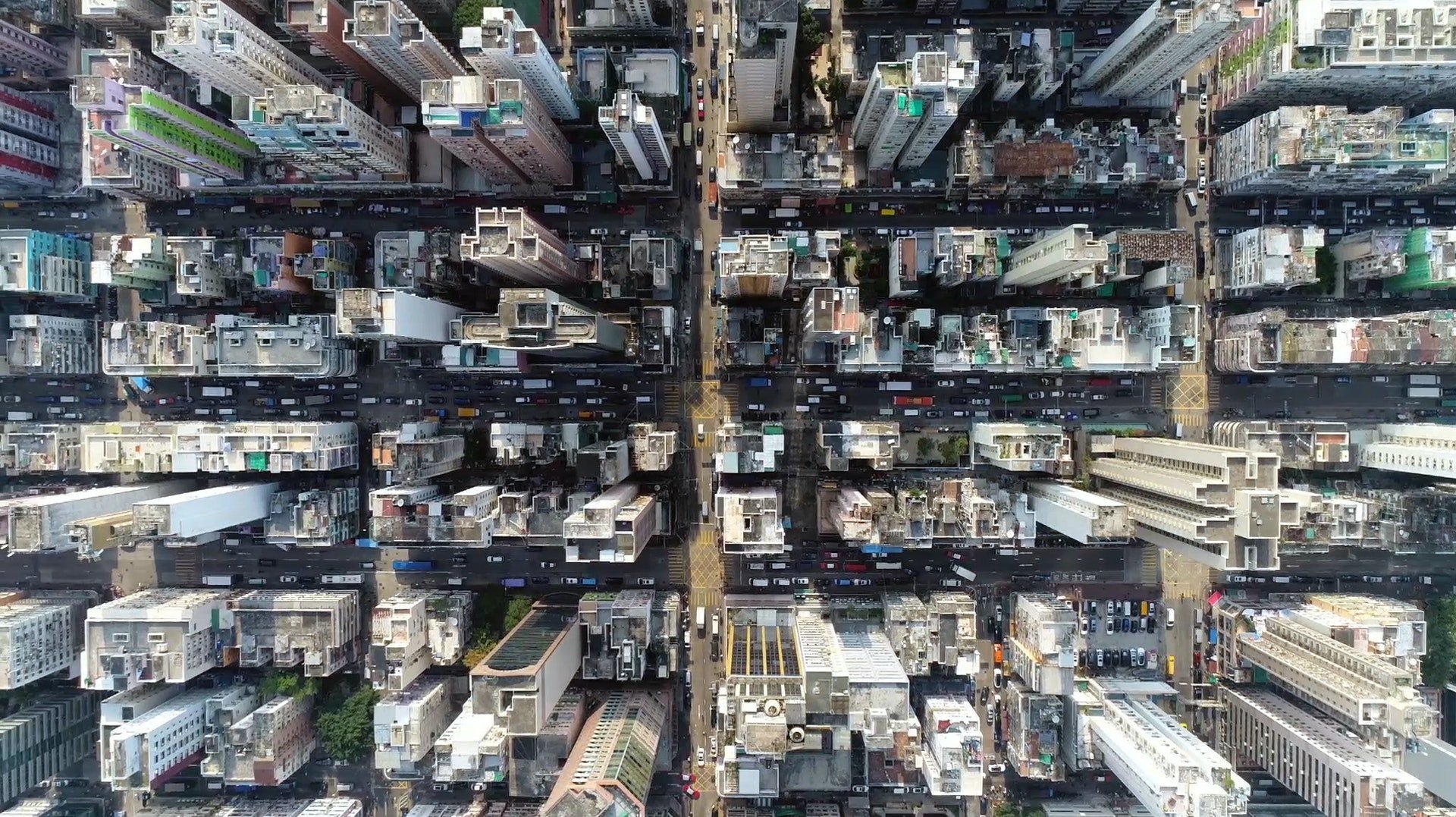

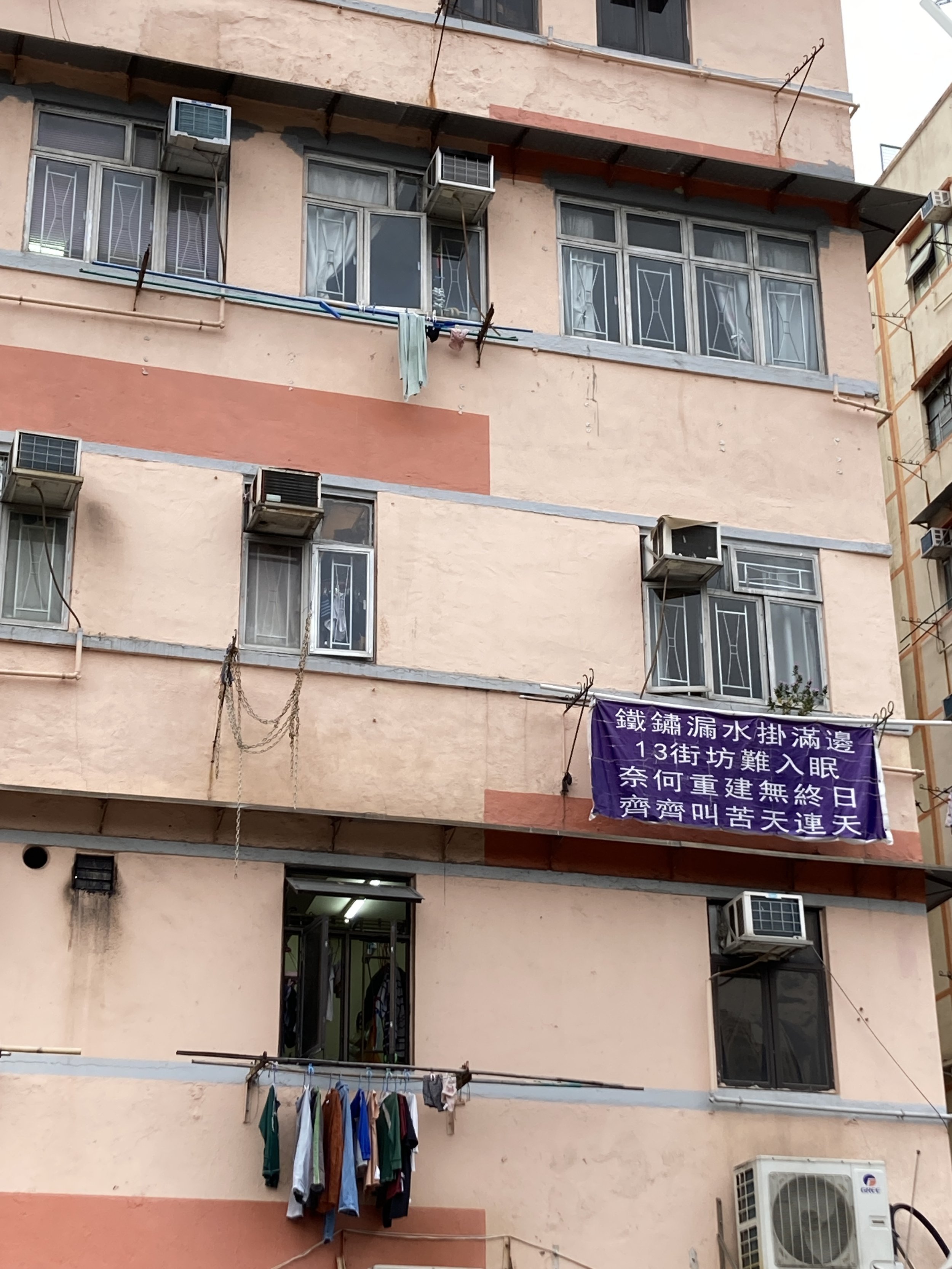
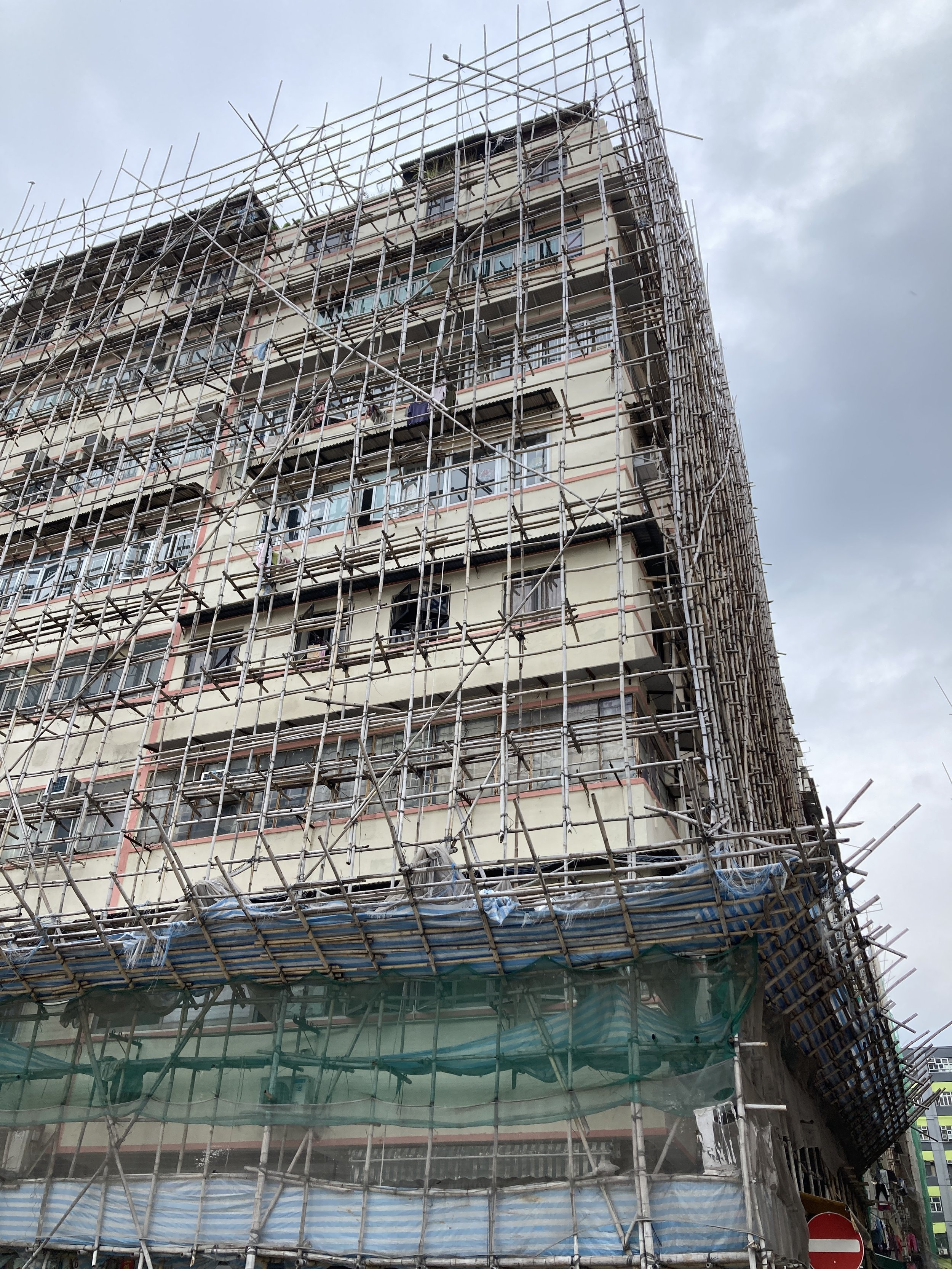
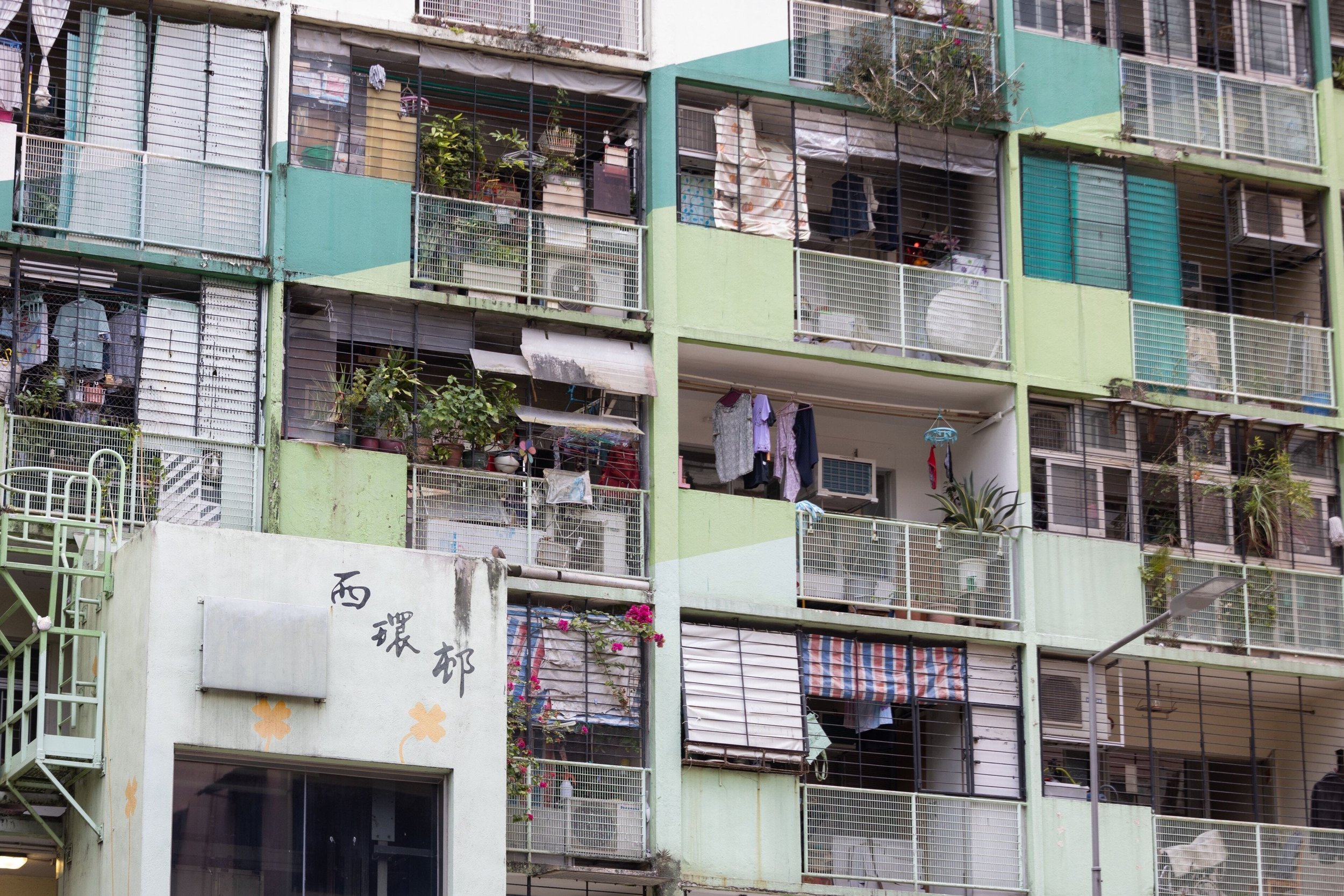
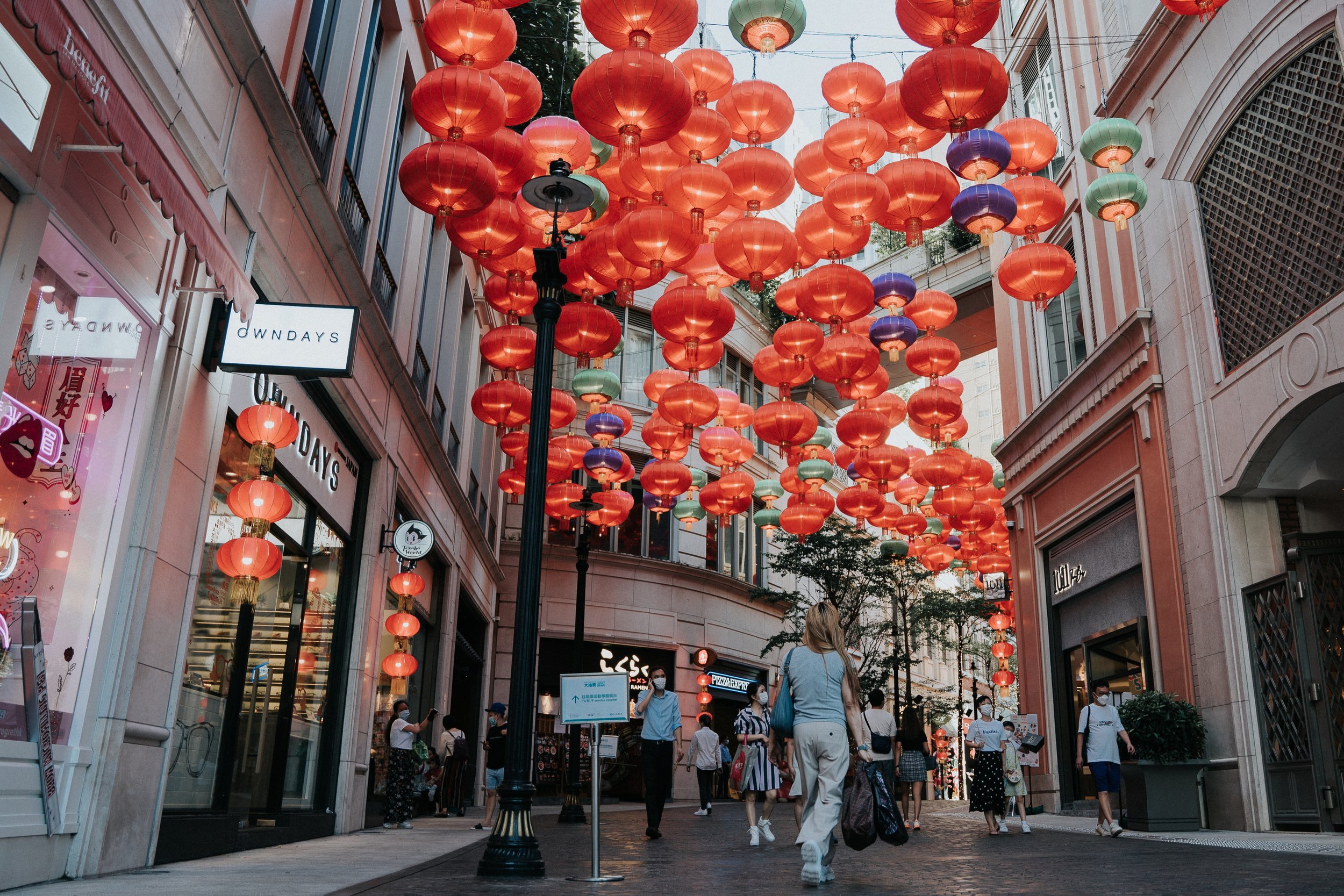
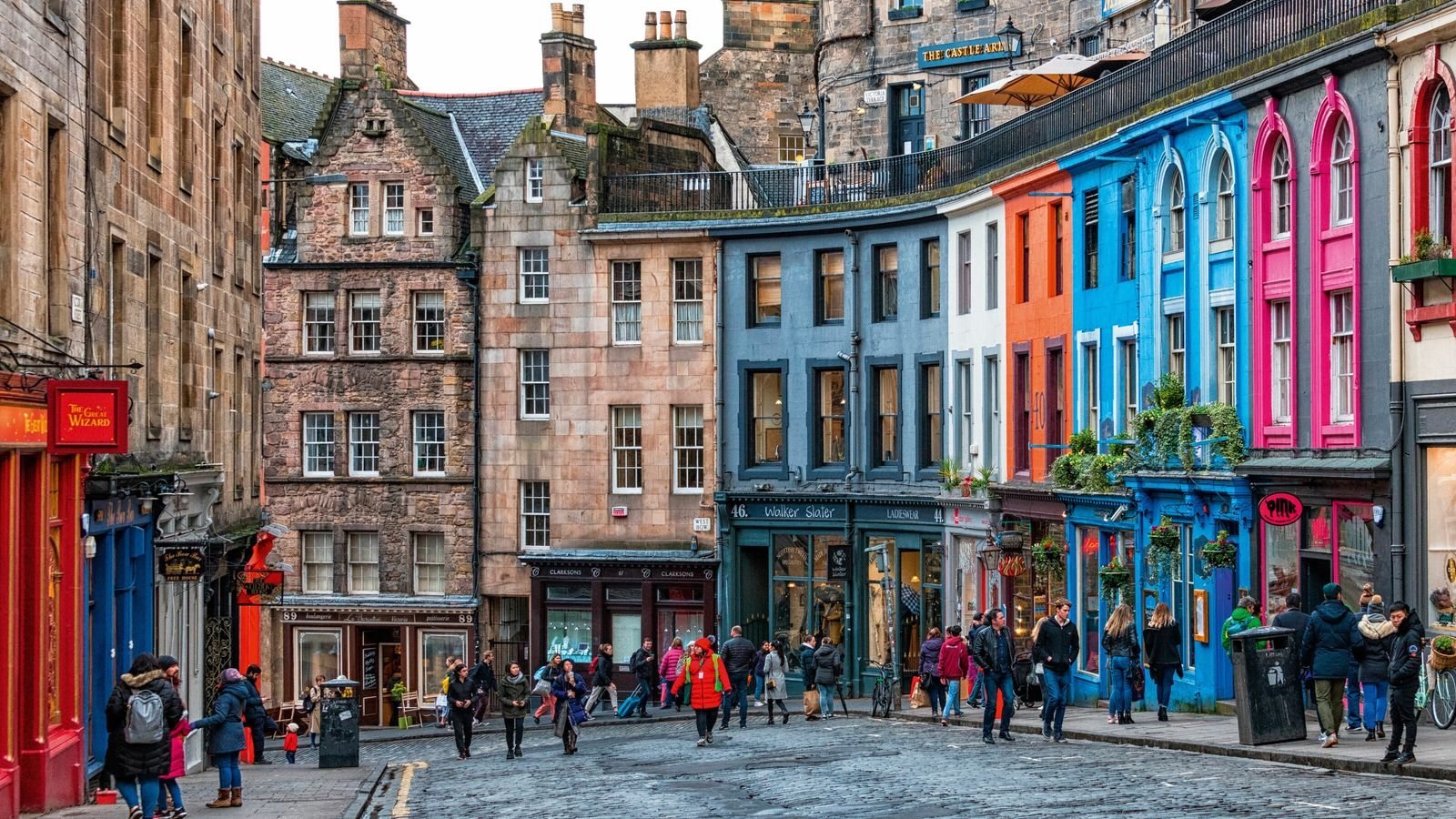
在香港這個小城市,土地供應和房屋議題已是老生常談。土地開發費時耗日,市區樓宇老化問題又日漸嚴重,不少市區更新項目陸續開展,拆樓重建似乎已成為解決房屋問題的方法之一。然而,伴隨重建而來的「插針樓」景象及士紳化等問題卻成爲不少舊區居民的夢魘。要改善舊區居住狀況、改善市容,以至增加房屋供應,難道就只有重建這一出路?這一個月的吉人吉事,將嘗試從多方面探索市區更新議題,看看舊區是否只有重建這一出路,同時探討市區更新如何可回歸以人為本的初衷。
追求簇新的城市 樓齡50 年事已高?
截至2021年底,香港約有9,200幢樓齡達50年以上的私人樓宇,當中包括作住宅、商業及工業、綜合用途的樓宇,近半座落於九龍中及九龍西區。若將9個樓齡達50年的公共屋邨及8個房協租住屋邨計算在内,則共有約9,300幢「高齡」樓宇。其中有不少「高齡」屋邨,例如明華大廈及華富邨已開始清拆重建,而西環邨、馬頭圍邨及其周邊土地亦按2021年《施政報告》建議,納入房屋委員會的重建研究。再加上近年政府提倡「多方面入手加快重建更新步伐」,推出多項針對高樓齡樓宇的措施,例如重啟工廈活化政策及建議放寬樓齡50年以上私人樓宇強拍門檻等等,似乎都指向舊樓必須重建的説法。可是,現實是否如此?
市區更新能否以多元模式進行?
城市發展就好比人的生命週期一樣。常言道「年紀大機器壞」,正如人的身體機能會隨着年紀增長而衰退一樣,我們的城市空間亦不免因長年累月的使用而有所損耗,導致部分樓宇、社區設施出現失修問題。加上部分舊區於發展初期規劃不善,往往會衍生出種種問題,例如樓宇結構安全欠妥、衛生狀況欠佳、社區配套老舊不足、閒置丟空等等,這些正是典型都市衰退 (Urban Decay) 的問題。與此同時,我們對城市空間的需求亦會隨著人口變化、經濟產業轉型等而有所轉變。市區更新 (Urban Renewal) 正正是希望透過不同方法解決都市衰退問題,為該區居民締造更舒適的居住環境,當中常見的手法包括樓宇復修、保育及活化具社區意義、歷史及建築價值的樓宇,以及重建等。實際上,海外亦有不少古色古香的舊城區,内裏有保養得宜、結構安全的百年舊樓,有些更成爲該處的特色景點,甚至獲評定為「世界遺產」。所以,與其説舊區必須更新、樓齡一到五十年就必須清拆重建,我們其實更應關注這些舊區實際上是否受都市衰退問題所困,而重建又是否為最佳解決方案。
以人為先的更新方針?
事實上,香港政府於2011年發表的《市區重建策略》亦指明除重建以外,應採取樓宇復修、活化、保育等方法,並秉持「以人為先,地區為本,與民共議」的工作方針,進行全面的市區更新。而在其他城市,亦有不少以復修、保育及活化為主,重建為輔,再配合以人爲本的規劃理念達到市區更新的成功案例,足以證明重建並非唯一出路。
話雖如此,在香港,市區更新和重建似乎已是同義詞。觀乎近年政府《施政報告》、市區重建局抑或是房委會及房協等專責機構所提出的市區更新方案均以重建為主導,當中更不乏加快舊樓重建及增加地積比率的措施,令同一地皮於重建後可興建的樓宇面積大大提升,無疑大增重建誘因。至於這些措施能否有效解決市區衰退問題,依從改善舊區居民居住環境的初衷,則有待商榷。
更新城市面貌、就等同失去社區脈絡?
舊區環境老化固然是一大問題,但更新過後的城市面貌及社區佈局更值得關注。歸根究柢,市區更新旨在改善舊區環境,提升居民生活質素,應當以人爲本。但在過程當中,卻總是忽略了地區生活的維持或營造,例如小店、街道以及公共空間在聚集人群、建構和維繫社區經濟及人脈網絡中扮演著的重要角色。在「插針樓」景象及士紳化等問題出現時,整個更新項目都已經對社區面貌造成難以逆轉的影響了。難道老字號因租金飆升而消失、夕陽工業因失去容身之所而失傳,真的是市區更新的必然犧牲?在重視環保、保育、保留社區特色的大前提之下,我們又能否以新視角探討都市衰退問題的不同面向,探索重建主導以外的市區更新模式?
圖片:網上
Hong Kong’s small size and its corollary problem of having limited land for urban development is a familiar statement to justify land use intensification through redevelopment. Calls to do so are further compounded by the perceived risks of derelict and badly-maintained buildings in old districts, creating the impression that renewing old districts inevitably requires wholesale demolition and reconstruction.
However, urban renewal takes immense effort to coordinate among owners and stakeholders with different agendas and aspirations. More often, unsatisfactory piecemeal efforts to upgrade a district accelerates the proliferation of ungainly pencil towers and inappropriate gentrified neighbourhood stores. Can we find better alternatives to improve the quality of life in ageing building stock and even tackle the issue of housing shortage? This month’s GUTS will explore the various aspects of urban redevelopment through local and overseas case studies and make a case for people-centred renewal that places the welfare of communities at the heart of decision-making.
Is a building of 50 years too old for a modern city?
By the end of 2021, there are around 9,200 privately-owned buildings above 50 years old. They comprised residential, commercial, industrial, and mixed uses, with almost half of them located within Kowloon Central and West Kowloon districts. Including the 9 public housing estates developed by Housing Authority (HA) and 8 under Hong Kong Housing Society (HKHS), there are approximately 9,300 buildings classified as “ageing buildings” constructed more than 50 years ago.
Many ageing public housing estates, such as Ming Wah Dai Ha and Wah Fu Estate have commenced demolition and reconstruction. Sai Wan Estate, Ma Tau Wai Estate, and their surrounding areas are expected to follow closely after as they have been shortlisted for HA’s redevelopment study following the Chief Executive’s 2021 Policy Address.
Furthermore, the same address highlighted the government’s “multi-pronged approach…to step up urban renewal.” It includes policies to encourage the revitalisation of industrial buildings and a proposal to lower the compulsory sale thresholds to expedite the redevelopment of aged buildings. Undoubtedly, these measures signal the normalisation of demolition and redevelopment as part of the urban renewal process.
Are there options and choices for urban renewal?
Urban renewal is akin to taking care of our bodies. All vital organs begin to lose some functions as we age, and similarly, built structures that have served the city and its residents are expected to deteriorate after years of service. Maintenance issues and structural defects are part and parcel of ageing residential buildings and community infrastructure.
However, such problems could be exacerbated by poor urban planning and architectural design, causing far more serious problems, such as structural risk, poor sanitary conditions, and inadequate amenities for the community. The marked increase of vacant houses in some districts signifies a clear sign of urban decay setting in.
At the same time, cities have to meet the changing needs and aspirations of their residents in tandem with tackling structural demographic and economic changes. Urban renewal is seen as the remedy to improve the quality of life for urban dwellers worldwide through a suite of policy, design, and community interventions. Apart from redevelopment, buildings of high historical and architectural merits are also commonly rehabilitated, conserved, and revitalised, depending on its level of cultural and community significance.
In contrast to Hong Kong’s redevelopment-led urban renewal strategy, several urban districts overseas have poured resources into preserving and upkeeping its centuries-old buildings and structures. Many have become well-known tourist attractions, some even recognised as World Heritage Sites. Such case studies demonstrate there is no “one-size-fits-all“ approach to urban renewal. Instead of creating a cut-off to redevelop all buildings once they reach 50 years of age, we should be more concerned about the districts these buildings are located in and whether the symptoms of urban decay can be addressed without demolishing existing buildings. Doing so not only saves cost, but also keeps community ties intact.
From redevelopment-led to community-led renewal approach?
In 2011, the Hong Kong government published the Urban Renewal Strategy (URS), stating its aims to adopt both redevelopment and rehabilitation as key strategies for urban renewal, based on a "people first, district-based, public participatory" approach. This is largely in line with other metropolitan cities, which have similar policies that advocate preservation, revitalisation and retrofitting first before considering redevelopment. The successful case studies that emerged from these cities share a common desire to create a sustainable and high-quality living environment for its people.
It remains to be seen if Hong Kong will practise what it preaches. In recent policy addresses, initiatives proposed by government agencies, such as Urban Renewal Authority (URA), HA, or HKHS, all emphasised redevelopment over rehabilitation. Many even called for measures to expedite the pace of rebuilding ageing buildings and to intensify land use in old districts. This has a knock-on effect for the entire area, resulting in more high-rise buildings that would generate attractive returns for developers but bring on undesired effects for the community.
Only time will tell if Hong Kong's redevelopment-led urban renewal strategy can truly alleviate the symptoms of urban decay and improve the living conditions for residents of old districts, as these plans purportedly want to achieve.
Will urban renewal break up the community network?
Undoubtedly, the problems of ageing buildings and old districts deserve our attention. However, if urban renewal efforts bring irrevocable change to the character of a district and alter its established community networks, then we must reflect more deeply on its social ramifications.
At the heart of the matter, urban renewal is about improving people's lives. Hardware changes, such as repairing buildings and upgrading community amenities, seek to improve residents' quality of life. Yet, in doing so, have we considered the software that binds the community together? Local shops, streetscapes, public gathering spaces: these are the intangible yet significant elements that build, support, and maintain community bonds and the local economy.
As we decry more and more pencil towers puncturing our skyline and lament the loss of a local shop to yet another cafe, there are other less obvious effects brought on by urban renewal; the closure of heritage businesses as a result of skyrocketing rents and the loss of traditional cottage workshops as industrial estates are rezoned for residential and commercial uses, just to name two emerging trends. With greater awareness and support for environmental and architectural conservation, can we take a more holistic approach to tackle urban decay and explore innovative urban renewal strategies beyond just demolish and redevelop?
Image: Internet
你可能對以下吉人吉事有興趣:
You may also be interested in these GUTS Stories:
















